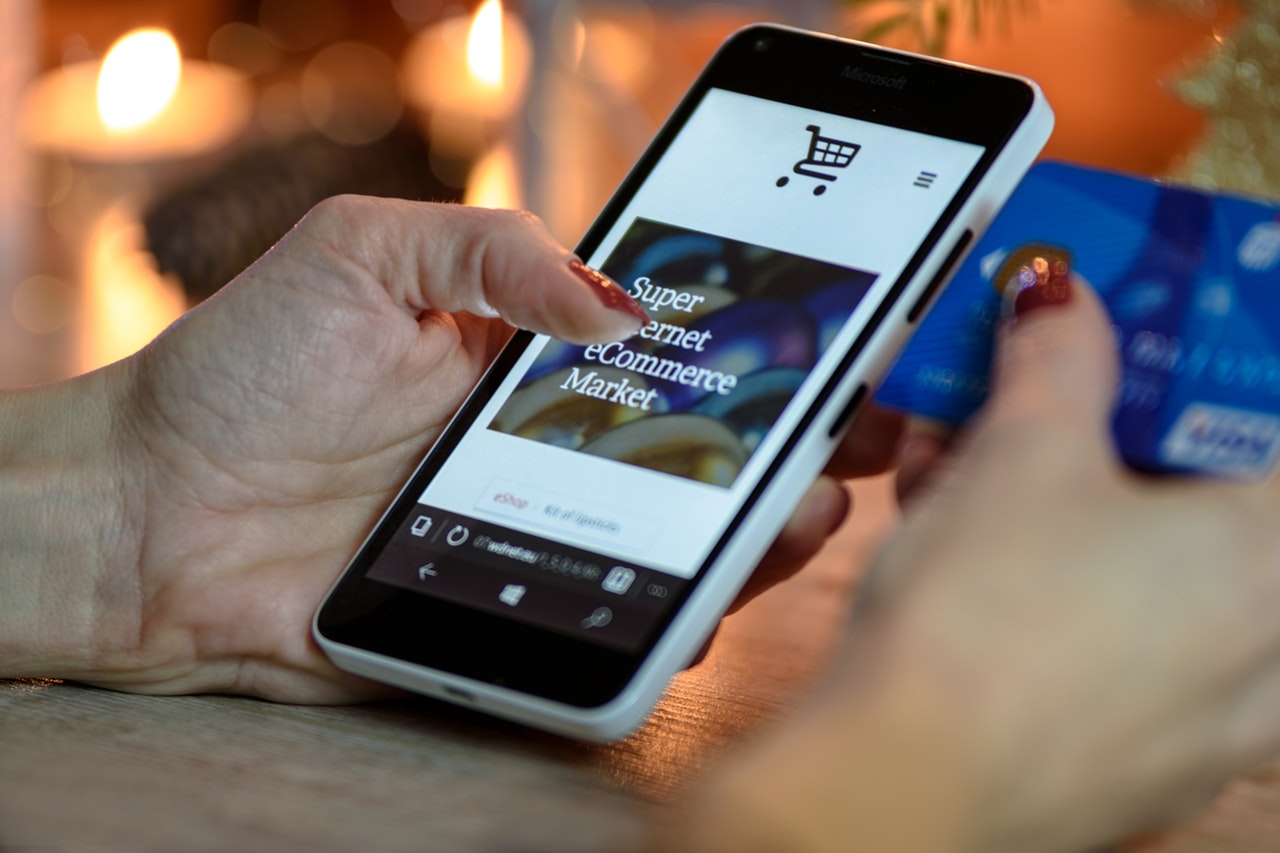Ways to Improve Your Local Marketing Strategy
- Written by NewsServices.com

Your local business is struggling. New customers are hard to come by. You’ve tried marketing, but it just doesn’t seem to be working. It’s the classic struggle for small businesses operating locally: you’re great with your bread and butter, but not so good at letting people know about it.
Don’t worry. You can turn your stagnant local marketing campaign around. And it doesn’t mean you’re going to have to take out a loan or get a second mortgage. These tried and tested methods require plenty of elbow grease, but little to no investment.Adopt the “Be Everywhere” Strategy
This one comes right out of Pat Flynn’s playbook (creator of the wildly successful smartpassiveincome.com): Be Everywhere. It’s the strategy that underpinned his early success, and it’s still a primary focus for him today.
This strategy isn’t just for websites or big money players. In fact, it works incredibly well for small businesses. So what is it? Exactly what it says on the tin: if you want to get more customers, you need to be where they are.Be active on Facebook, Twitter, Instagram. Start a podcast. Get over your shyness and put your face on YouTube. Write engaging blog posts. Connect with others in your space. Build relationships with your customers.
Forget Email, Use Snail Mail
When email marketing became all the rage, most businesses put traditional mail to the kerb. Too expensive, little results. Marketing online was the way to go.
For a while, this was true. People were just sick of getting way too much post through the door. Catalogues, bills, bank statements, flyers from the local pizza place (hey, still love those!), the list goes on.But these days, our mailboxes are inundated. We hit delete the second an email comes in. Email marketing still has its place, but it just doesn’t have the same ROI it used to.
Bolster your marketing efforts by going old school. 90% of people will open what you’ve got to offer. Start with something simple, like the thank you card strategy. It’s inexpensive, builds relationships, and leads to loyal customers.Invest in Local SEO
No matter what kind of business you’re running, SEO is a cog of the marketing machine that you just can’t ignore. 46% of all searches on Google are for local businesses.
The fact is, people rely on search engines to find local products and services. If you’re not on that first page, you may as well be in the middle of nowhere. You can bolster your local search presence by doing some keyword research, writing decent content, and building relationships online.One of the great resources for this is Brian Dean. He adopts what experts call ‘white hat’ strategies, which won’t get your site penalized on Google. Avoid shills that promise results in a week, and be mindful if you decide to spend money on a local agency.
Focus on Positive Reviews
We’ve already mentioned just how important Google searches are for your business. This is the next step. Once potential customers find you, they need to read good stuff about you.
You need reviews from customers, no question. You want to aim for more than 4 stars. Now remember that you can’t give something in exchange for a review; this is against the terms of service on Google, for example.Instead, ask nicely. Send a follow-up email following a purchase. When you’ve delivered a product or service to a customer, tell them that you’d love a good review. You can even mention how important it is for a small local business. But don’t be pushy, or it’ll work the other way.
Top tip: if you do ever get a negative review, be professional. Respond in a calm and collected manner, but also don’t be afraid to counter or disprove. Just be nice about it.










